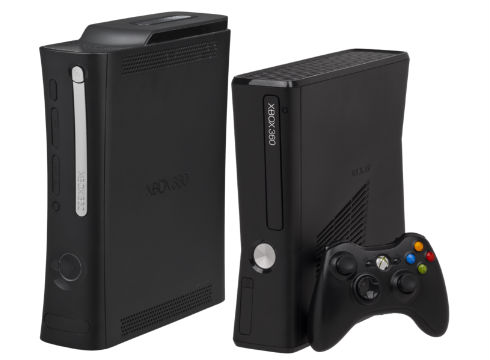Microsoft Boosts Xbox One Specs

Microsoft has tweaked the Xbox One’s hardware ahead of launch to bring its performance closer to Sony’s Playstation 4
Microsoft is narrowing the performance gap between its Xbox One console and Sony’s upcoming PlayStation 4.
While the game systems, both set to launch this autumn, are architecturally similar – both sport AMD “Jaguar” architectures – Sony claims a slight advantage in hardware specifications, and thus performance.
Upgrades
In a an interview with Microsoft’s Xbox Live director of programming, Larry Hryb, also known as Xbox Live’s Major Nelson, Xbox One chief product officer Marc Whitten confirmed rumours that Xbox One was receiving performance-enhancing upgrades in a 2 August podcast.
Revealing that Microsoft is currently evaluating the platform in a private Xbox One “internal beta”, Whitten detailed some of the steps his company is taking to optimise the hardware and squeeze more performance out of it.
 Leading up to the Gamescom conference in Germany, which takes place from 21 to 25 August, Whitten said the “developers have the final dev kits in their hands”, indicating that they can test their code against hardware that more closely approximates the final Xbox One system. As expected from a software company, some of the performance-enhancing improvements centre on code tweaks.
Leading up to the Gamescom conference in Germany, which takes place from 21 to 25 August, Whitten said the “developers have the final dev kits in their hands”, indicating that they can test their code against hardware that more closely approximates the final Xbox One system. As expected from a software company, some of the performance-enhancing improvements centre on code tweaks.
Whitten explained that his team “dropped in what we internally call our mono driver”. A pared down and customised version of DirectX, Microsoft’s proprietary graphics API, he added that the driver is “our graphics driver that really is 100 percent optimised for the Xbox One hardware”.
In addition, the Xbox One’s graphics processing unit (GPU) is getting a modest speed boost. As a consequence of putting the hardware through its paces during the internal beta and other tests, Whitten said “we’ve tweaked up our clock speed in the GPU, from 800 MHz to 853 MHz.”
PlayStation rivalry
After the Xbox One was warmly received in a 21 May press event, Microsoft was considered the company to beat going into the E3 conference in terms of next-generation game consoles. Instead, Sony emerged as the winner among industry watchers for its hands-off approach to DRM on the PlayStation 4, indie-friendly game publishing programmes, slightly better hardware specifications (8GB GDDR5 RAM versus 8GB DDR3 for the Xbox One) and a lower starting price ($399 (£260) versus $499).
“We already knew that the PS4 edged the One on power, so for Sony to undercut Microsoft by a full $100 at launch is a shocking and impressive move for the Japanese giant,” wrote The Verge’s Sam Byford in an 11 June post. Enthusiasts and consumers took note, driving demand for the PlayStation 4. Currently, Sony’s console bests the Xbox One in preorders at online retailer Amazon.
Since E3, Microsoft has been steadily addressing some of the major criticisms surrounding the Xbox One, which hits store shelves in November. The company scuttled the always-on DRM requirement and announced plans to streamline its digital distribution certification process and allow every Xbox One console to act as a debug unit, a potential boon for indie game developers.
Now, the company is zeroing in on the hardware. The GPU upgrade is intended to “really get close to the final performance envelope of how the box works and really making sure that we have a great product for our developers to build great games against”, said Whitten.
Do you know all British IT – the Thatcher years? Take our quiz.
Originally published on eWeek.